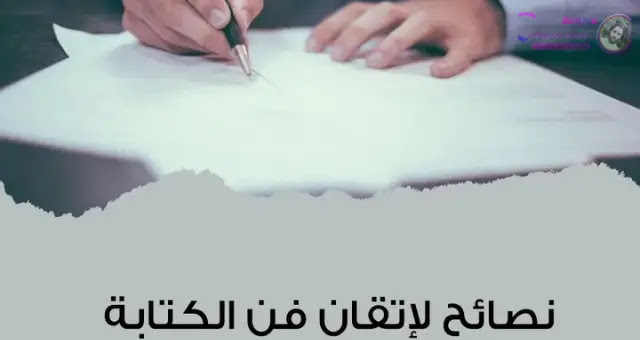Six expert suggestions for improving artistic writing creativity
Technical writing is a subfield of writing that focuses on producing technical and official documents for a wide range of industries. The primary goal of technical writing is to simplify extremely complex processes so that readers can comprehend the information and reach a conclusion about the subject.
Writing technical documents is frequently difficult and time-consuming; authors may experience difficulties with style, sentence structure, and vocabulary. Furthermore, artistic writing is a specialized field that necessitates accuracy and the absence of slang and other literary tools. The book frequently presents a plethora of difficulties, the most serious of which is a lack of creativity. Here are some suggestions from experts at a leading writing service for improving technical documentation and increasing creativity in technical writing.
Count additional literary works and get ideas from a variety of places.
To begin, technical writers, whether experienced or inexperienced, are encouraged to read widely. Reading and writing are inextricably linked, and the more one reads, the more efficient one's writing style becomes. "In technical writing, you must be able to describe a single item in multiple ways because you never know if the reader will understand what you mean." As a result, it can be useful if you need to explain a concept in multiple ways," explains a professional technical writer.
 |
| ست نصائح من الخبراء لزيادة إبداع الكتابة الفنية |
Experiment with your writing style.
Although slang, contractions, and other elements are usually prohibited in technical writing, you should work on diversifying your writing style. Fortunately, English is a vibrant language with many words, expressions, and grammatical structures. You don't have to include informal structures like idioms to diversify your style. Use inversions, dashes, and fronts instead to draw the audience's attention to the necessary elements.
Correctly point your writing.
While writing is king, it is hardly a duke if it is not punctuated properly. Punctuation is essential in technical writing, so make sure you understand what to do and when to use it to achieve the best results.
The abundance of signs may initially frustrate you. However, we recommend that you become acquainted with them and use them whenever technical documentation is required.
Furthermore, they can aid in the development of your creativity; for example, a semicolon indicates that the following sentence is closely related, so you should consider how to pair it with the previous content. The colon, on the other hand, is used to present a list or text that communicates with your brain; it allows you to present a collection of objects or text that demonstrates the meaning of the preceding information.
Please provide examples.
Audio information is processed much more slowly than visual information. While text is a type of visual information, graphs, charts, tables, and other figures can help with comprehension.
In creative writing, visual images are frequently used. They aid in the description of various concepts and their significance. While they are necessary, their application is entirely dependent on the circumstances. Include visuals if they are required by the specification. Otherwise, refrain. We'll talk about it later.
Color can help to improve the clarity of your paper.
Technical writing is essential in many fields. Companies that do not have well-designed paperwork may struggle to make a profit and may go unnoticed. Of course, some subjects are difficult to deal with, let alone write about in a way that is understandable. Writers work hard to ensure that their work is legible.
It goes without saying, however, that it is sometimes a futile attempt, and writers frequently struggle to explain complex concepts. Leaving a job is a watershed moment for many people. If you run into similar problems, consider the following strategies for bringing your paper to life and making it clear and easy to read:
• Contrasts
• quotations
Paragraphs of narrative
• Discussions
Without a doubt, what comes before is frequently unofficial and is quickly crossed out by technical writers. You can, however, make these elements relevant to the content. Yes, including the points mentioned above is likely to deviate from the serious tone. However, believe it or not, there are times when this is the best way to communicate a concept, entertain and retain the audience, particularly when it comes to important brochures or documents.
Prior to combining creative elements
While the preceding suggestions may appear counterintuitive, you are not required to follow them all when working on technical documentation. As previously stated, requirements are important because they specify what the writer can and cannot include in the essay. As a result, first check the technical specifications; if you want to add something unusual, consult the editor, the client, or someone else in charge of the newspaper.
Additionally, research your industry and ensure that your tone of voice is understood by your readers. This will assist you in brainstorming complex situations that recipients have already encountered, allowing them to relate to and comprehend the information in the document.




Comments
Post a Comment